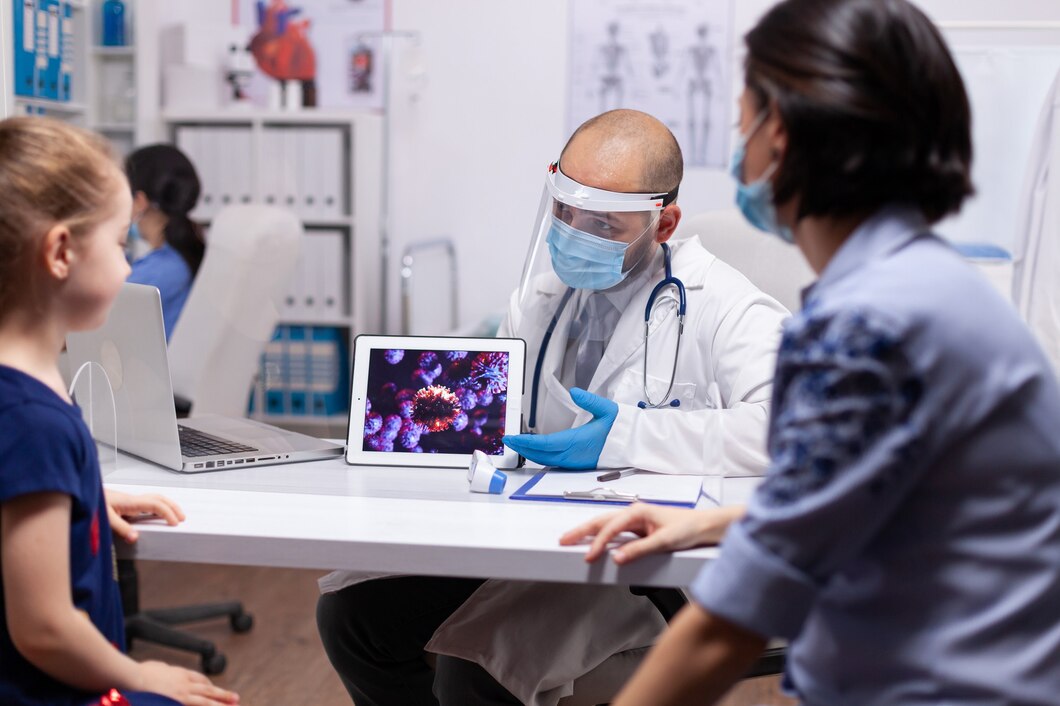The Evolution of Cancer Screening
Cancer screening has evolved dramatically over the years. The focus has gradually shifted towards non-invasive techniques that offer minimal discomfort and high precision. It's a crucial advancement in the field of oncology, as early detection often spells the difference between successful treatment and prolonged illness.
Non-invasive cancer screening methods aim to identify potential malignancies without requiring traditional procedures like biopsies and surgical exploration. These advanced technologies not only reduce patient anxiety but also pave the way for timely intervention.
Liquid Biopsies: The New Frontier
One of the most promising non-invasive methods is the liquid biopsy. This technique involves analyzing blood samples to detect cancer biomarkers. It offers numerous advantages over traditional tissue biopsies, including lower risk and the ability to perform multiple tests over time. Liquid biopsies bring hope to patients who are unable or unwilling to undergo invasive procedures.
According to the article on Potential of Nanomedicine in Cancer Treatment, nanotechnology plays a significant role in enhancing the sensitivity and specificity of these tests. Nanoparticles are utilized to tag and track cancer cells in the bloodstream, providing a clearer picture of the cancer’s presence and progression.
Imaging Advancements: Seeing is Believing
Imaging technologies have also seen significant advancements in recent years. Techniques such as low-dose computed tomography (LDCT), magnetic resonance imaging (MRI), and positron emission tomography (PET) scans have become more sophisticated, allowing for earlier and more accurate detection of tumors.
MRI Scans: MRI scans have been improved to provide highly detailed images using magnetic fields and radio waves. These improvements help detect abnormalities in soft tissues, making MRI a preferred method for brain, spinal cord, and other soft tissue cancers.
LDCT Scans: Low-dose computed tomography is particularly useful for lung cancer screening. It uses a lower amount of radiation compared to standard CT scans, thus reducing the potential risks while maintaining high accuracy in detecting small lung nodules.
PET Scans: PET scans combine nuclear imaging with CT or MRI technology to highlight areas of high metabolic activity, often indicative of cancerous growths. This fusion technology enhances the clarity and depth of cancer identification, paving the way for subsequent treatment paths.
Why Early Detection Matters
Early detection of cancer significantly improves survival rates. For instance, identifying potentially malignant changes in the lungs or detecting early signs of precision cancer, such as prostate cancer, allows for less aggressive treatments and better patient outcomes. This is why constant innovation in non-invasive screening technologies is essential.
As discussed in the Advancements in Immunotherapy for Cancer Treatment, early and accurate diagnosis continues to be pivotal in leveraging immunotherapy and other targeted treatments. These therapies act more effectively when administered at the nascent stages of cancer development.
The Future of Non-Invasive Screening
Looking forward, the future of non-invasive cancer screening holds even more promise. Artificial intelligence (AI) and machine learning algorithms are being integrated with imaging and liquid biopsy technologies to enhance diagnostic accuracy and reduce false positives. These technologies will allow for more personalized screening strategies, tailored to each patient's genetic and physiological profile.
Moreover, as public awareness of non-invasive screening methods grows, more individuals will come forward for early testing, further improving the overall rates of early detection and successful cancer management.
Conclusion
The trajectory of non-invasive cancer screening techniques is nothing short of revolutionary. From liquid biopsies to advanced imaging technologies, the landscape is continually evolving. The integration of cutting-edge science and technology promises a future where cancer can be detected early, treated effectively, and eventually, overcome.




